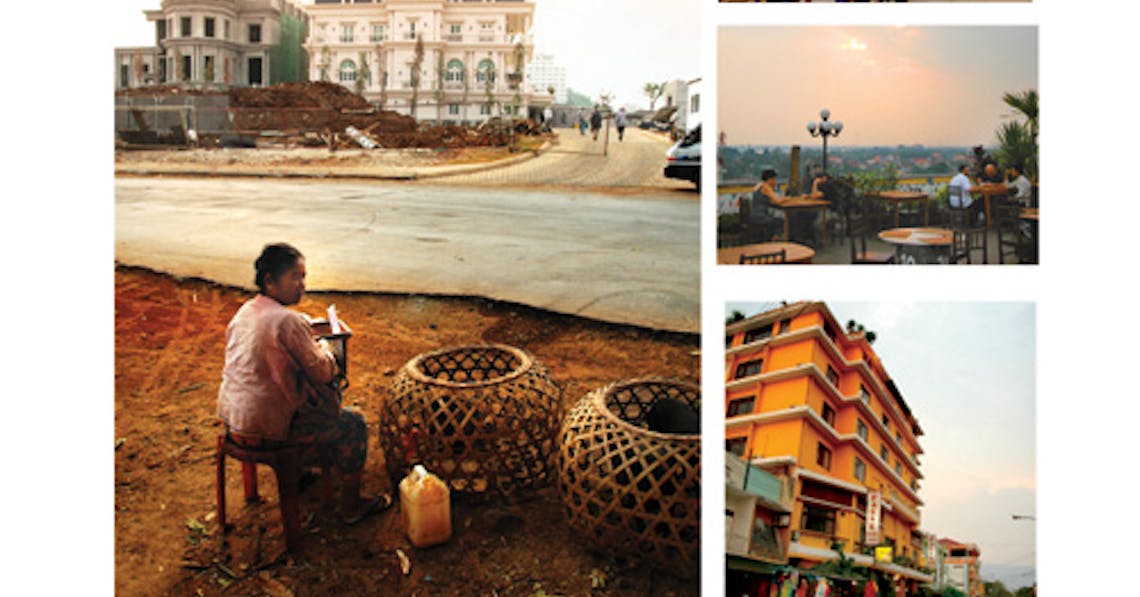The dusty little town/city of Pakse in southern Laos is sometimes portrayed as a mere stopping point on the way to other locations in the region. It is the jumping point to the Four Thousand Islands (Si Phan Don) in the Mekong River as well as the Bolaven Plateau known for its amazing waterfalls, pristine forests and scenic vistas.
In the city itself, there are a number of small cafes, restaurants, and bakeries for travellers to experience. A market with food, clothing, and other goods can be found at the centre of this rustic town. The Pakse Hotel (www.hotelpakse.com), the most famous in the city, features the town’s only rooftop restaurant and bar (Le Panorama), touted as the best French restaurant in Southern Laos. Although the city tends to be a quiet place at night, there are a couple of dance clubs located a little out of town, as well as a few karaoke bars within the city and a popular place to dine are along the restaurants floating on the Mekong.
Apart from the Pakse Hotel, the city offers only one dorm-style guesthouse for budget-minded travellers (the Sabaidy 2 Guesthouse Tel: 031 212 992). Flights leave from Bangkok daily.
This fascinating monstrosity is being built right at the foot of the bridge in Pakse spanning the Mekong, by Madame Leuang Litdang, aka Daoheuang, who is known as one of the most powerful women in Laos. Her business empire houses the biggest duty free and import-export as well as biggest coffee plantation/production/export business, and she is known as owning half of Pakse town.
Born to a less fortune Vietnamese parents who migrated to Pakse, as the eldest daughter of the family, she worked to help support her family and raise her younger siblings by selling noodles in Pakse market and married a man who was a teacher in a local school. Later on she ventured into trading business at a time when Lao PDR was just opening the door to international trading in the early ’90s.
This private residence contrasts greatly with the overall poverty of the city, and is quite a sight, especially for hunters and gatherers who bear their loads on their backs every dawn and dusk as they cross the bridge to sell their foraged goods in the local markets.
